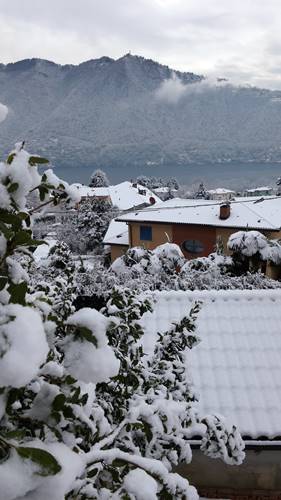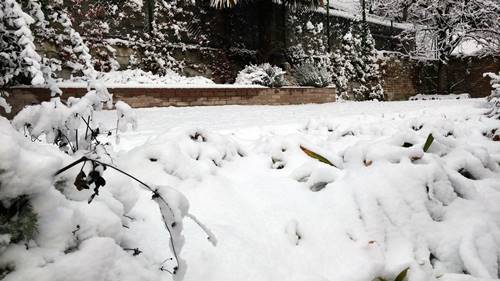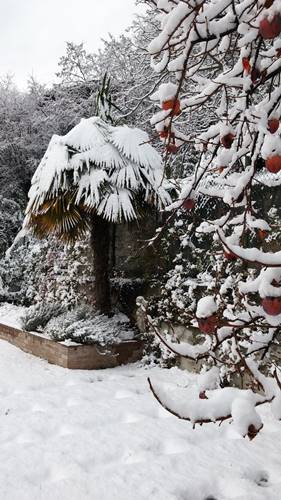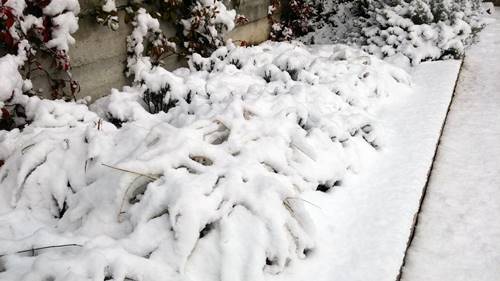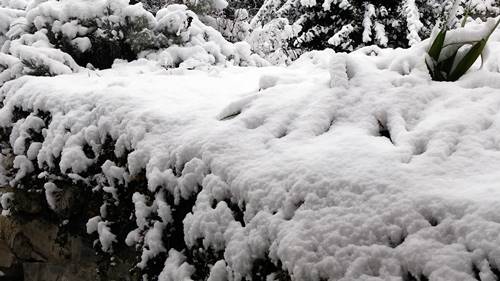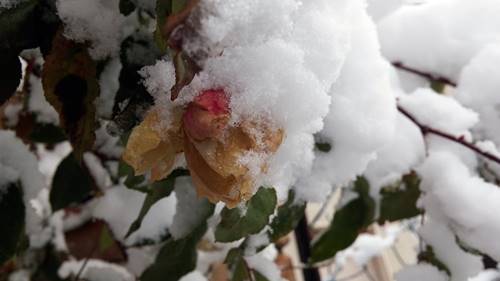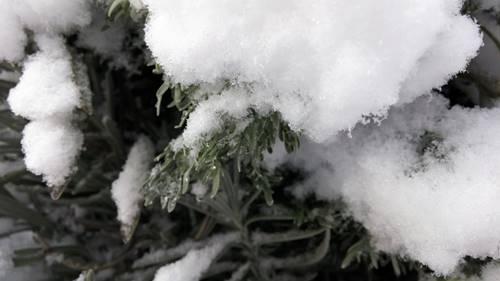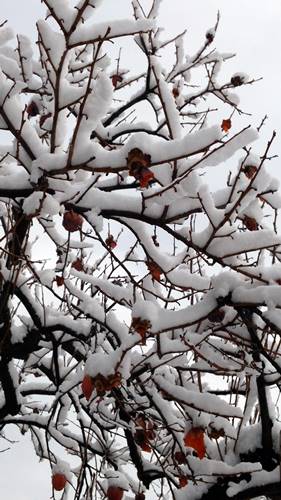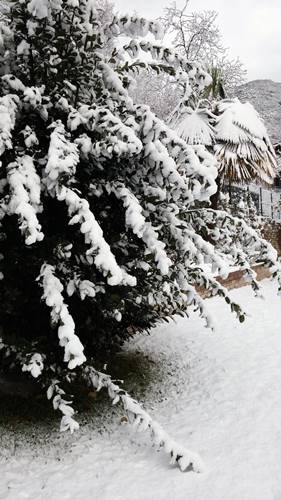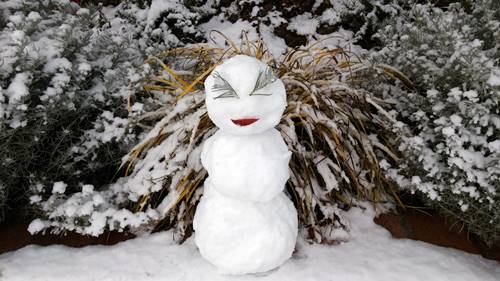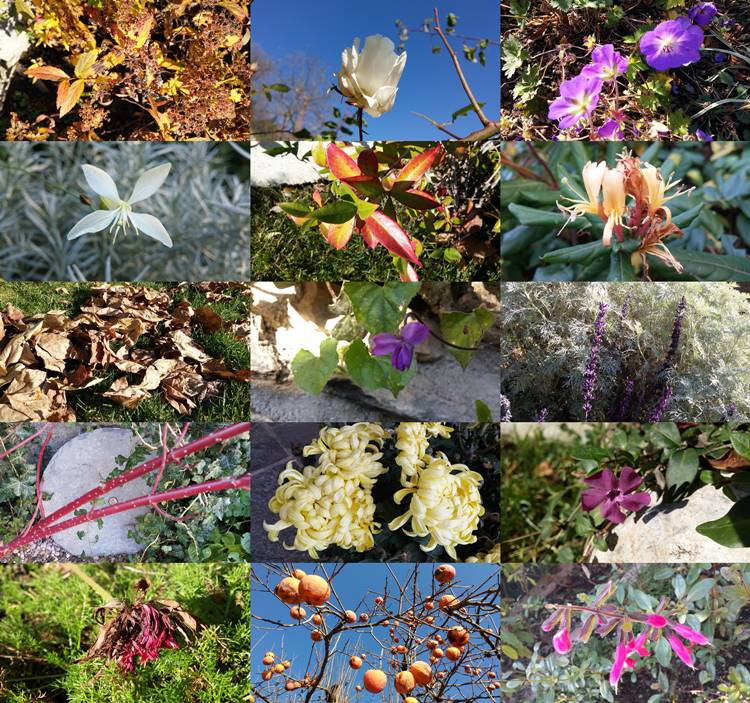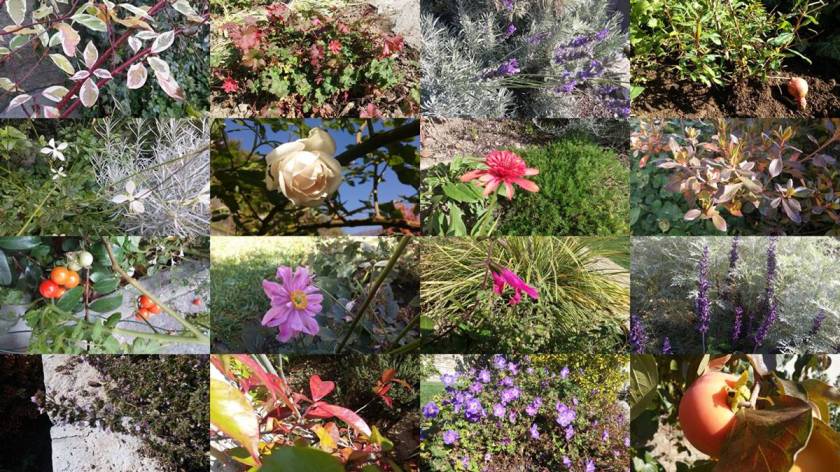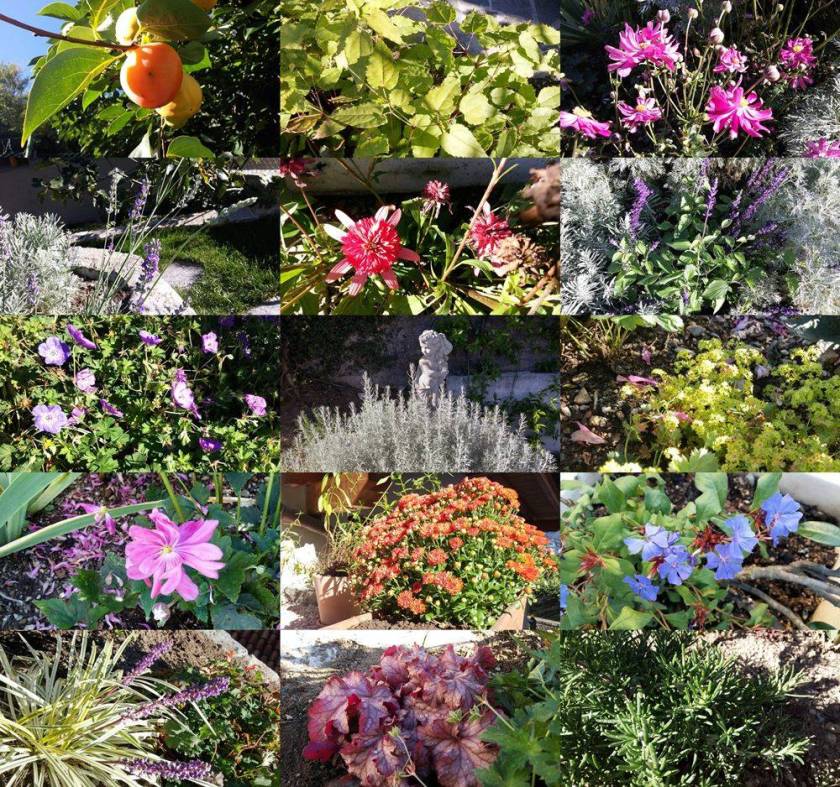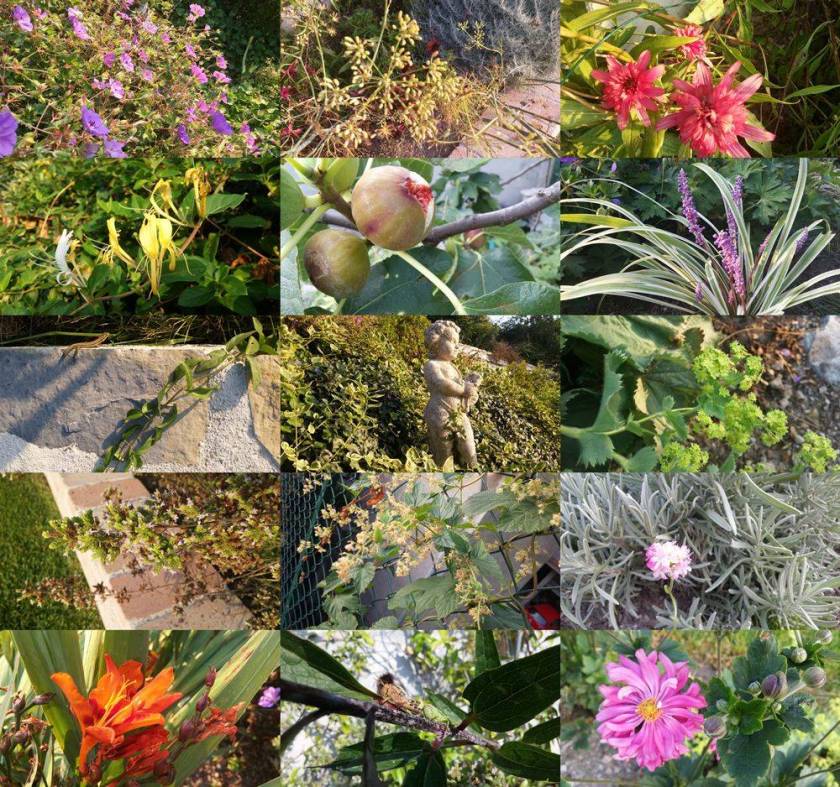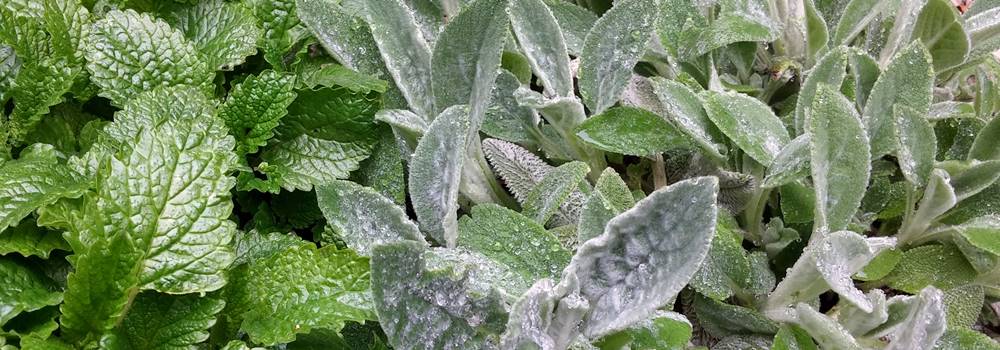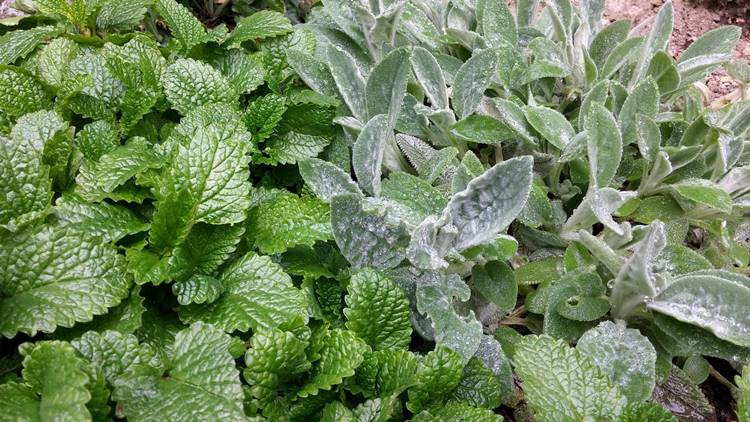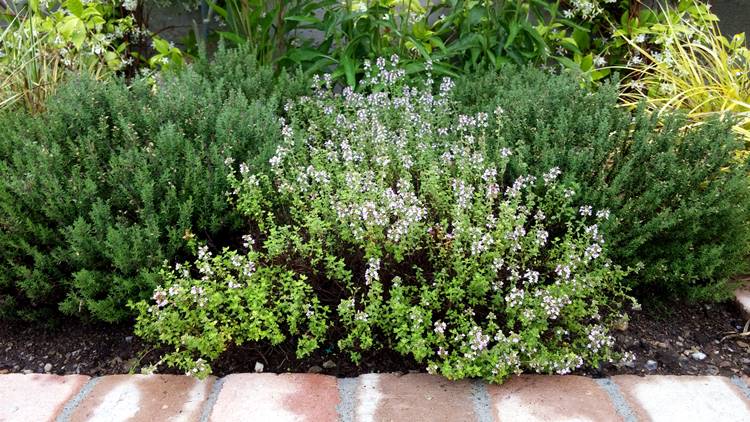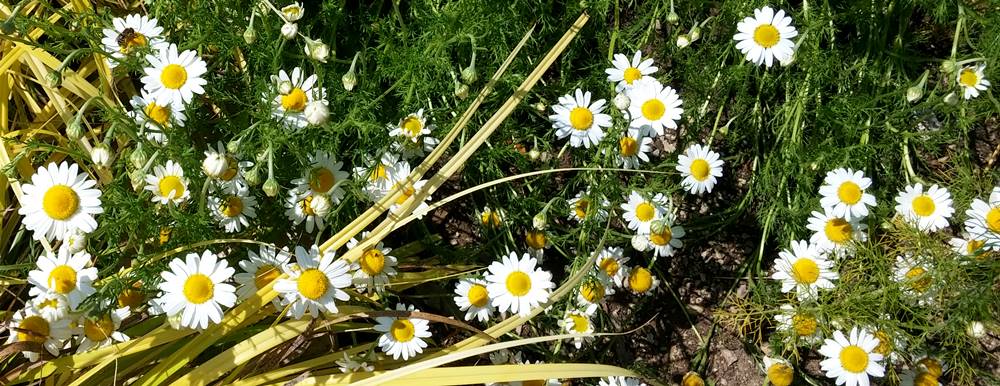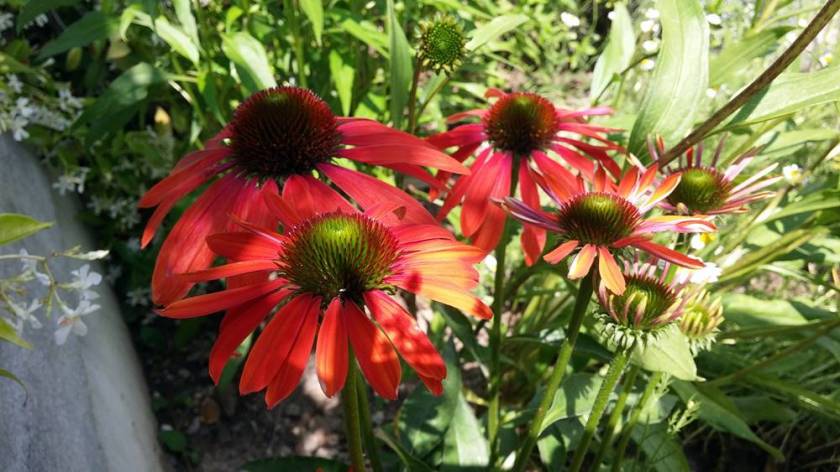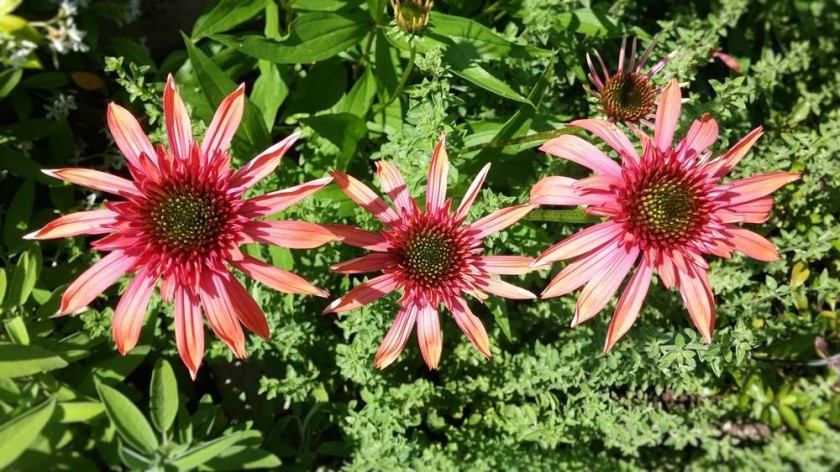Orticolario garden show was upon us last weekend. I spent almost entire Friday there, admiring the installations, being in awe with Villa Erba, attending some seminars, and, of course, checking on plants and everything else that was on offer.
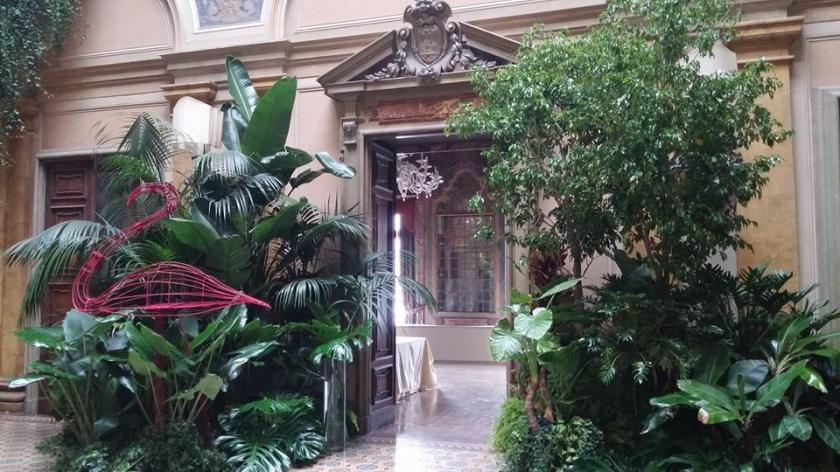
Stunning decorations for Villa Erba
This is what I bought.
Ceratostigma plumbaginoides (2 pots x 5 euros). Lovely blue flowers which go perfectly on the lake. They are to decorate the planters with false jasmines. Got them at the same French stand where I bought salvia with velvety magenta flowers last year.

Salvia Mystic Spires (1 pot x 8 euros). To add colour to artemisia and lavender lawn, as well as to fill a hole between the plants. Striking effect!
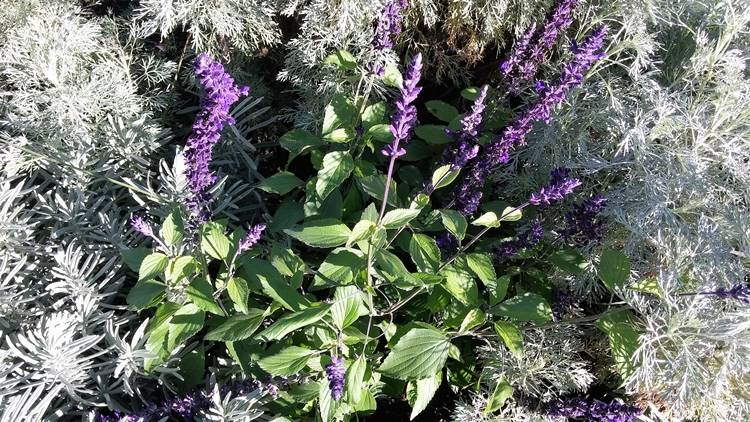
Chrysanthemum (1 pot x 12 euros). Bought this gorgeous golden-orange specimen as a mood plant for autumn. Don’t know which variety it is. Want to keep it just for the season. If it stays longer, will consider it a good luck.
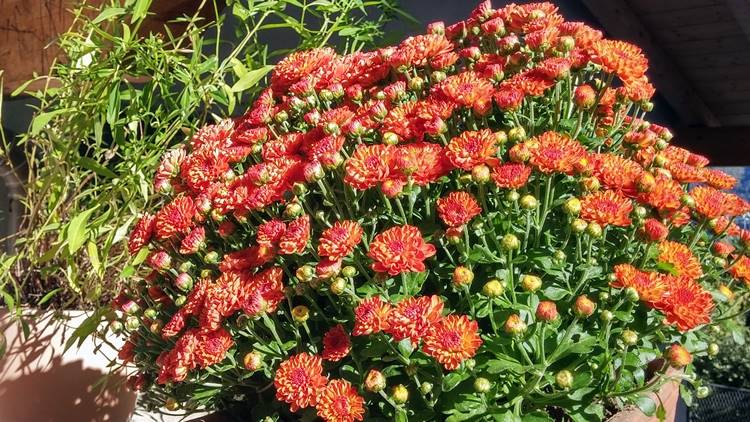
Both salvia and chrysanthemum were bough from the same nursery where I got gaura last year.
Heuchera (2 pots x 5 euros). There were different hues, I loved this pink one. Bought from a nursery from Impruneta. For a new plant arrangement next to microcosmia and geraniums on the top terrace.

At Villa Carlotta stand they were giving away nice little packets with bulbs of Anemone blanda Schott & Kotschy. These are now planted between armerias.
Last but not the least: bought a fancy pot ceramica di autore (30 euros), of which later.
#orticolario #ceratostigma #salvia #chrysantemum #heuchera #anemone
